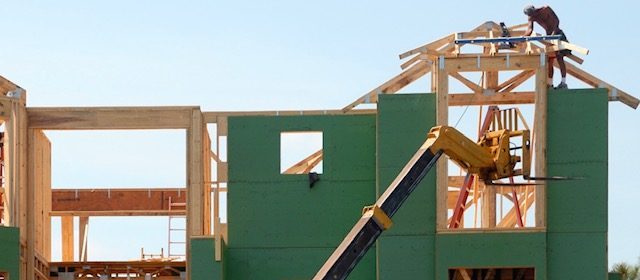Secondary suite bylaw changes in Brampton to align with Ontario’s Bill 23
Published May 3, 2023 at 12:02 pm

Changes have been made to Brampton’s master plan as the City is tweaking bylaws around secondary suites to make way for a huge housing target from the province.
Known as the More Homes Built Faster Act, Ontario’s Bill 23 has set a target of building 1.5 million new homes across the province within 10 years. For Brampton, the province has set a target of 113,000 new households for the City in the next 10 years – a target City staff have called “exceedingly aggressive.”
On Wednesday (May 3), Brampton City Council approved changes to Brampton’s master plan and bylaws dealing with secondary suites to better align with the growth plan for the Greater Horseshoe, which would see Brampton build more than triple the homes the City had planned for over the next decade.
The changes include updating the City’s definition of a “second unit” to an “attached ARU” or Additional Residential Unit, and an update to the registration bylaw that will apply to all ARUs, including attached ARUs and garden suites.
RELATED: Landlord registration program coming to Brampton targets illegal suites and rental licensing
City staff have said the controversial housing bill could lead to an 80 per cent tax increase, a loss of some $440 million in development charge revenue for the City, and cost Brampton taxpayers some $2 billion in additional infrastructure like roads, water, schools and childcare to support development growth.
The bill pledges to incentivize the creation of more housing by freezing, reducing and exempting fees that developers typically pay to towns and cities.
The exempt fees are on affordable and inclusionary zoning units, select attainable housing units, and non-profit housing developments. And rental housing construction will get reduced development charges of up to 25 per cent.
A report from City staff back in November found there were approximately 33,200 new households in Brampton between 2011 and 2021 – less than a third of the province’s 113,000 household target for the City in the next 10 years.
Another report presented to Peel Regional Council in February said the province’s plan would require the region to build 145,000 additional homes by 2031, the development of which could cost as much as $20 billion.
INsauga's Editorial Standards and Policies